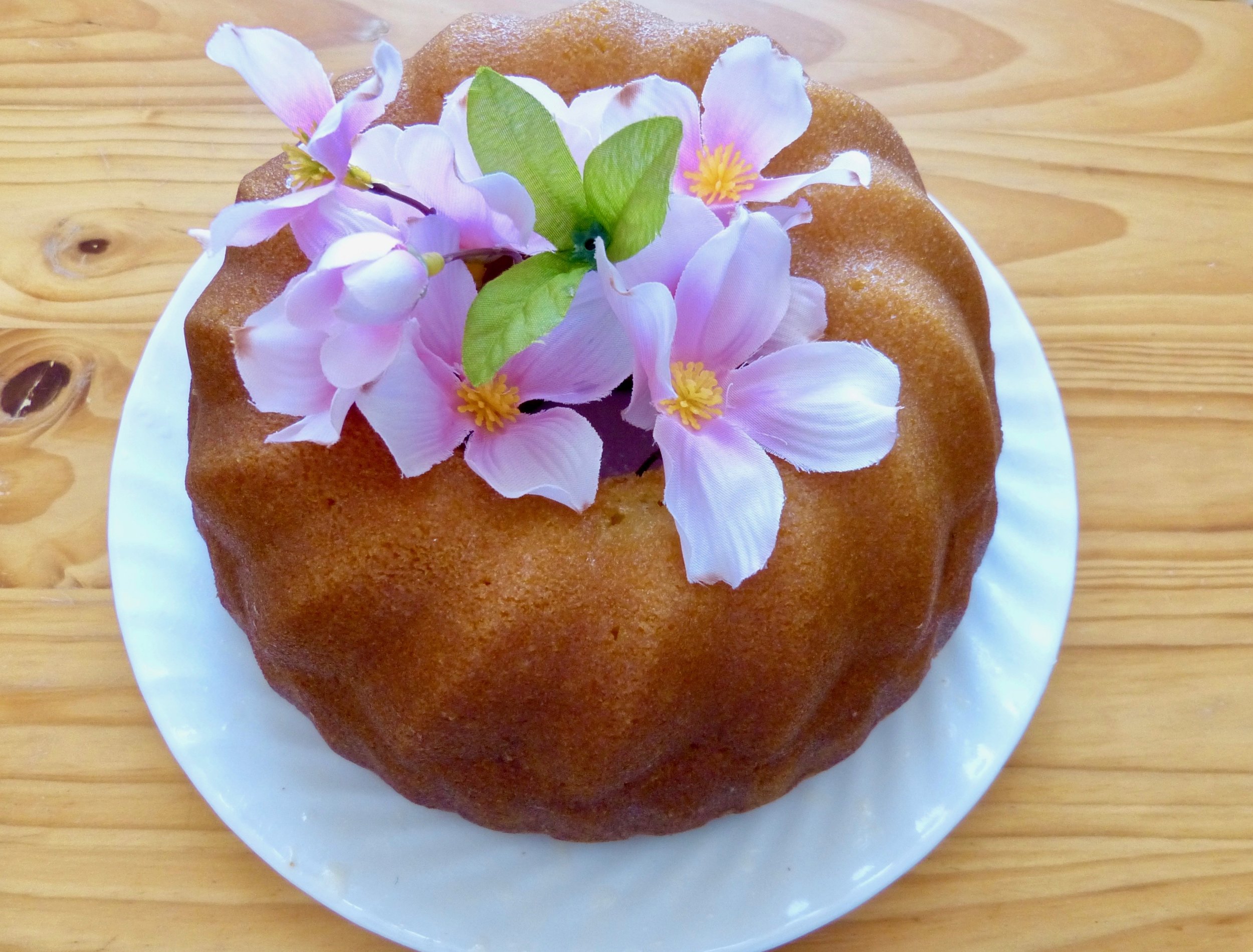Cooking Tips for the New Year
The New Year has come, and January itself is about gone. I think it is appropriate then that I offer some tips to make your cooking and baking life easier in future. A lot of times in life, it isn’t always the expensive gadget or appliance, it’s often the little things that really count. Every cook has a repertoire of tricks and techniques, as I’m sure you all do. Perhaps you’d like to share a few with your fellow readers, and if so, I can post them via a future, or next, blog. Just drop me a line at suevanslooten@ripnet.com, and I’ll be happy to take a look at them. They will also get posted on my website at www.svanslooten.com. We can all learn something from each other that way. So, let’s get cooking on this.
1. Parchment paper-Not just a fancy waxed paper. Parchment can be worth its weight almost in gold when it comes to baking. I always use it to line cake pans, sweet breads, etc. Also, with fussy cookies, or sticky ones like macaroons, it is indispensible. It will really save you a lot of headaches when it comes to turning out your favourite product. It’s also useful for cooking fish packets and goodies like that. Plus, as it is greaseproof, if it isn’t too soiled, you can reuse it. It also tends to not burn as easily as paper would.
2. Instant read thermometer. In baking, it is very handy indeed to know if your product is done. The instant read will tell you at about 190 F., you bread is basically done. In candy making, well, don’t attempt it without one. I’ve done it, but....the results were good, I just find the thermometer takes the guess work out of it. Ditto for any kind of cheese or yogurt making.
3. Dough whisk-heck, you could do a whole blog on this one. We even gave one away a couple of years ago. It is wire crazy loops mounted on a handle. The only place I know where you can get one is King Arthur Flour, and it’s worth going all out for the big one. If you want to make bread, this is the device to have. Even for just mixing dry ingredients together it’s great, but when it comes to mixing a loose, still ragged bread dough, you will wonder how you managed to survive all these years without one.
4. Olive oil. Use this instead of vegetable oil in your bread and cake recipes. If you use the light tasting stuff, you will never know that pumpkin bread or brownies, or zucchini bread was made with olive oil. I just made an applesauce cake with it-delicious! In fact, I think it tastes even better. You then don’t have to rely on commercially made vegetable oils, which are garnering question marks about their quality and integrity. Besides, millions of Romans, Greeks, and their modern day counterparts, can’t be wrong.
5. Jar Key. This is one of those little gadgets that really will make life easier, as when you get a particularly stubborn pickle jar, jam jar, or what have you. Many a time I have struggled to turn the lid, to no avail. Enter the Jar Key (see red item in photo). Hook it on, lift it up, and the vacuum seal breaks. Now you can open your jar.
6. Spray Oils. This may seem like an obvious one, but I’m sure someone is still struggling to grease fancy shaped pans, etc. I keep two varieties on hand, maybe three. The first is an all purpose canola oil type. The second is the baking type, which has flour in it, particularly useful for baking. The third, although I don’t usually keep it on hand, is olive oil. They do work really well, and are a true convenience. The one caveat I have is, don’t breathe the fumes, and I question what’s really in the propellant, namely isobutane and propane. This is particularly true with the baking one with flour. Improperly used, you can have a real flamethrower on your hands.
7. Kitchen torch. Speaking of flame throwers, this one is more fun than anything else, but if you really do want to caramelize that brown sugar on your crème brulee, this is the tool. They’re really just mini versions of the standard propane torch, only they usually take butane as their fuel. Note to parents: High school age boys find these fascinating. (Hint to the wise: Don’t use the standard torch, you won’t have much left.)
8. Butter. Is better. We all know about the dangers of trans-fats in margarine by now, so without sounding like a broken record, don’t use it. It also just doesn’t work well in cookies, cakes, and generally not at all in pies. If you want to get grossed out by one of industrial foods more questionable products, read the history on this one. You’ll never touch the stuff again. Shortening is also questionable for the same reason, but there is an alternative if you don’t want to go the butter route, and that’s the trans-fat free stuff. It is a vegan product that works very well. It is generally much more expensive however, but, if you feel it’s worth it, go for it. I’m thinking of pies here, so you could also go the lard route. Or, 50/50 butter and shortening works very well too.
9. And last but not least: Time. Trying to cook or bake in a rush is not only very stressful, but can often times lead to disaster. No on wants to be like Marge Simpson when she’s late for the bake sale.
You can drop Sue a line at suevanslooten@ripnet.com, she’d love to hear from you.




















